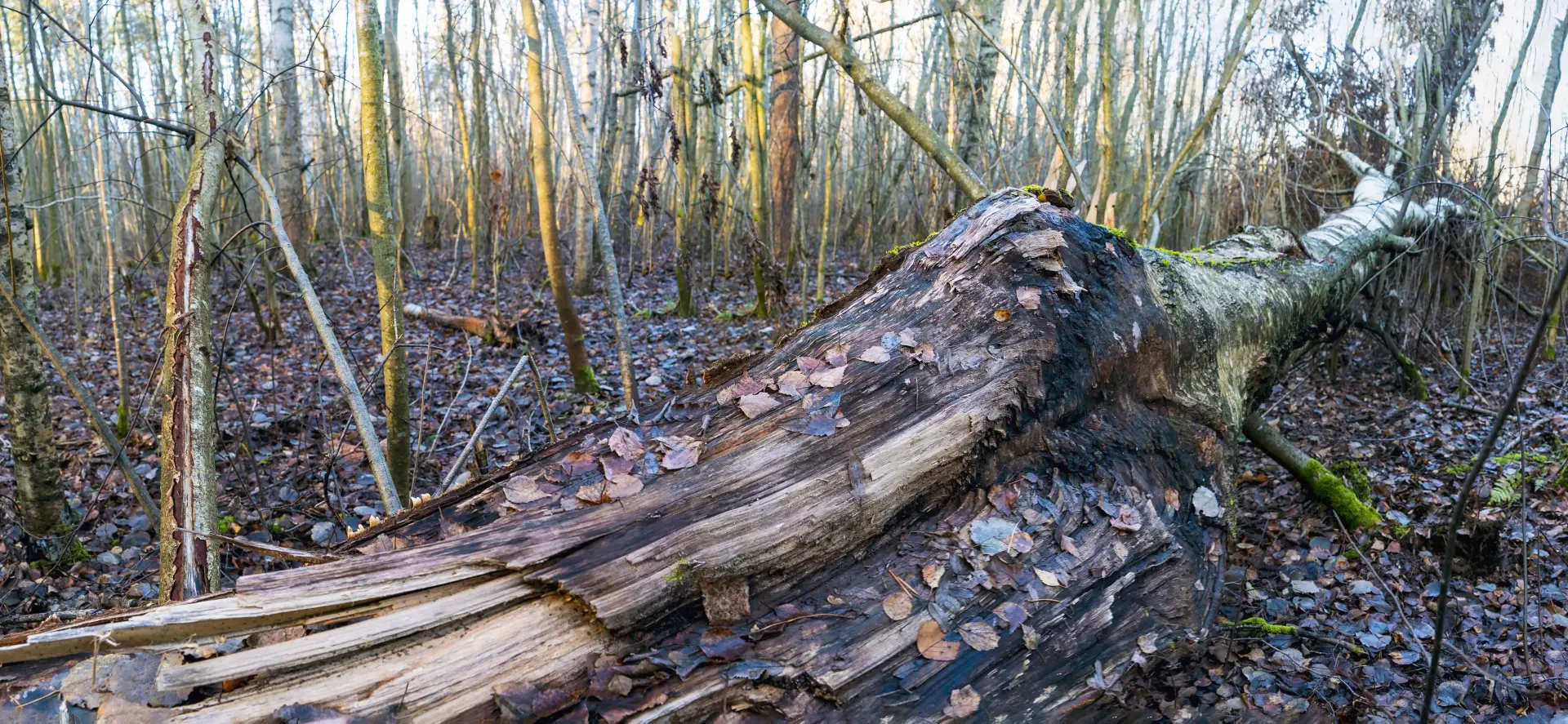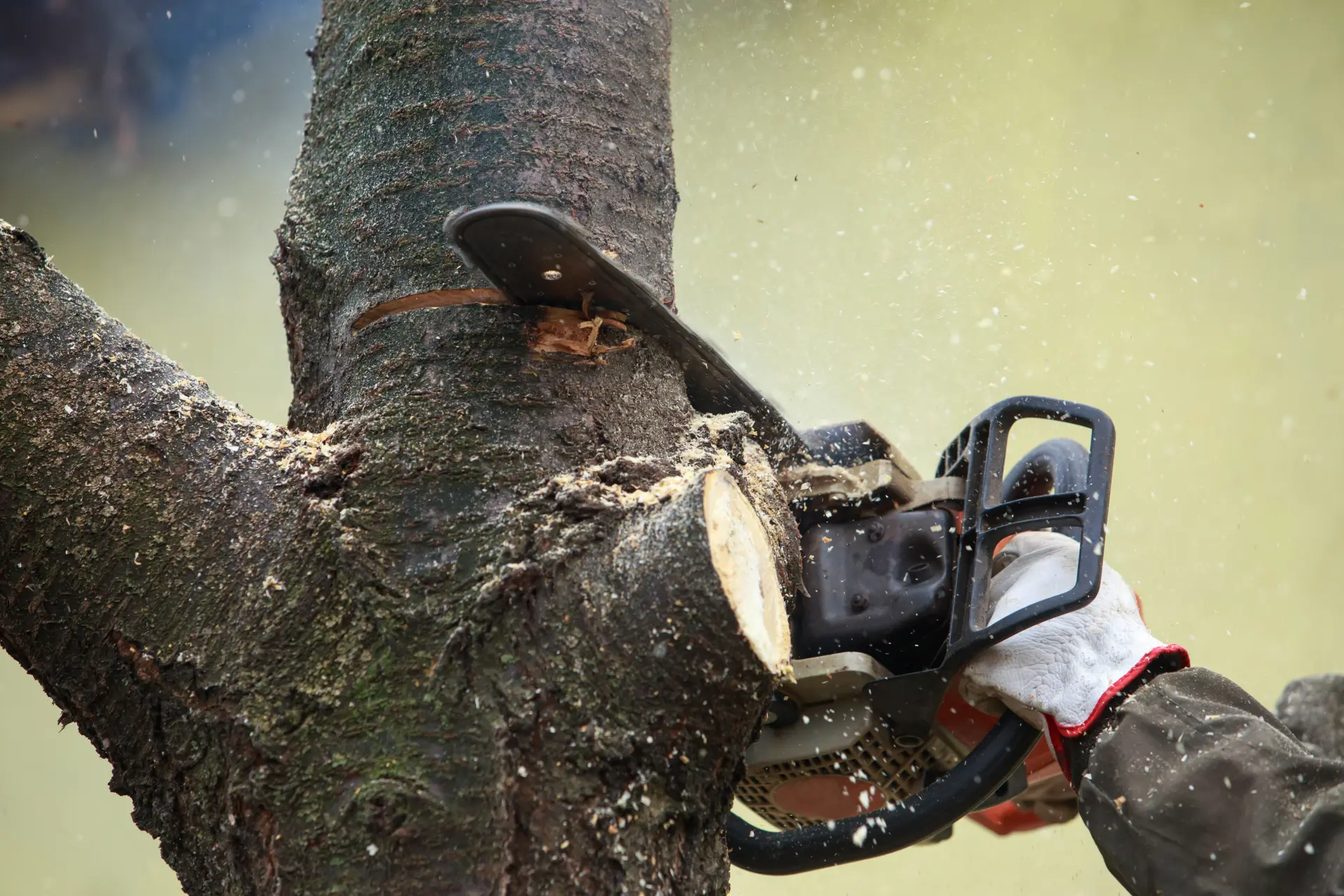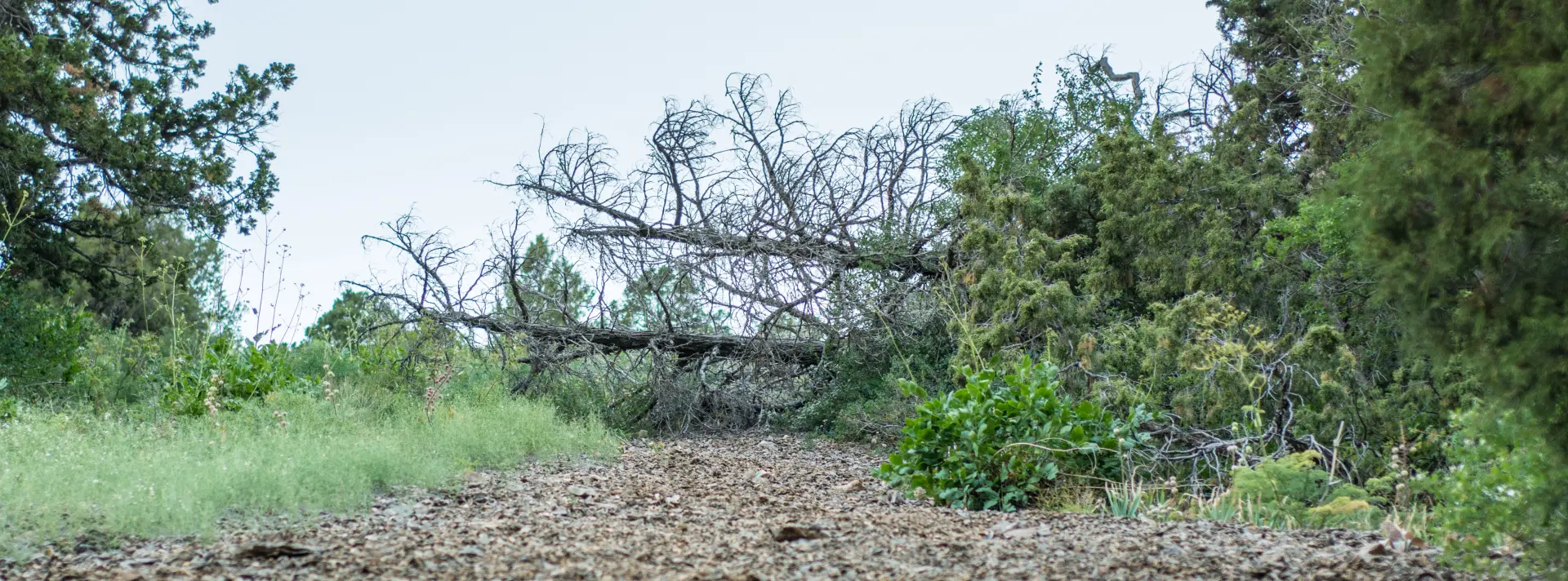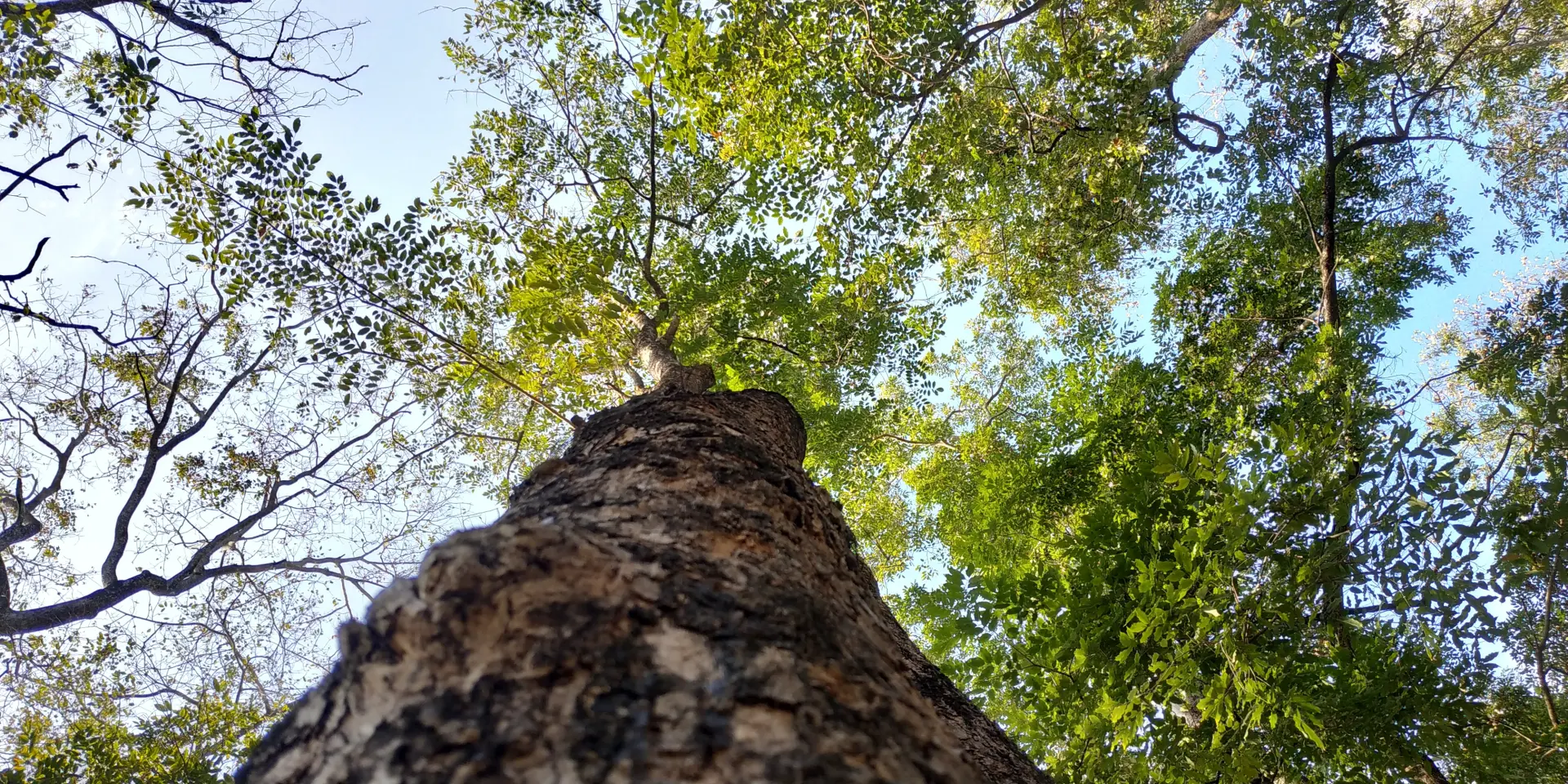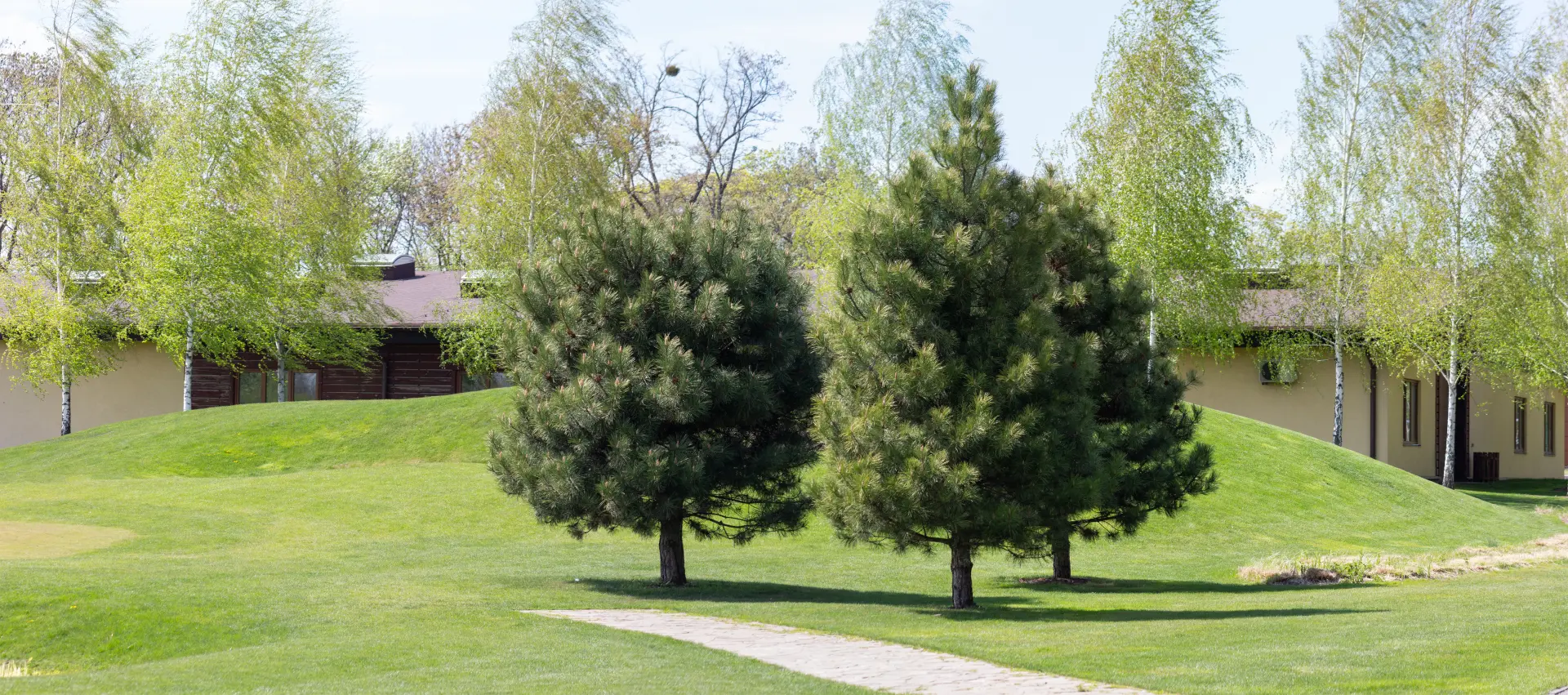Do you need to find out how to save a tree damaged in a storm? This article looks at how to repair a storm damaged tree and inspecting a storm damaged tree.
Can storm-damaged trees Be Saved?
After storm damage has taken an otherwise healthy young tree and destroyed the main branches or perhaps the tree's crown, what is the tree survivability rate? After a major storm, small and large trees can experience broken branches, torn bark, hanging branches, and severe trunk or structural weakness.
However, most trees can suffer major structural damage and still recover from storm damage, no matter how bad the tree's appearance may be. If you have a damaged tree on your site after severe storms, with major limbs broken or want to know how to repair torn bark, keep reading this article.
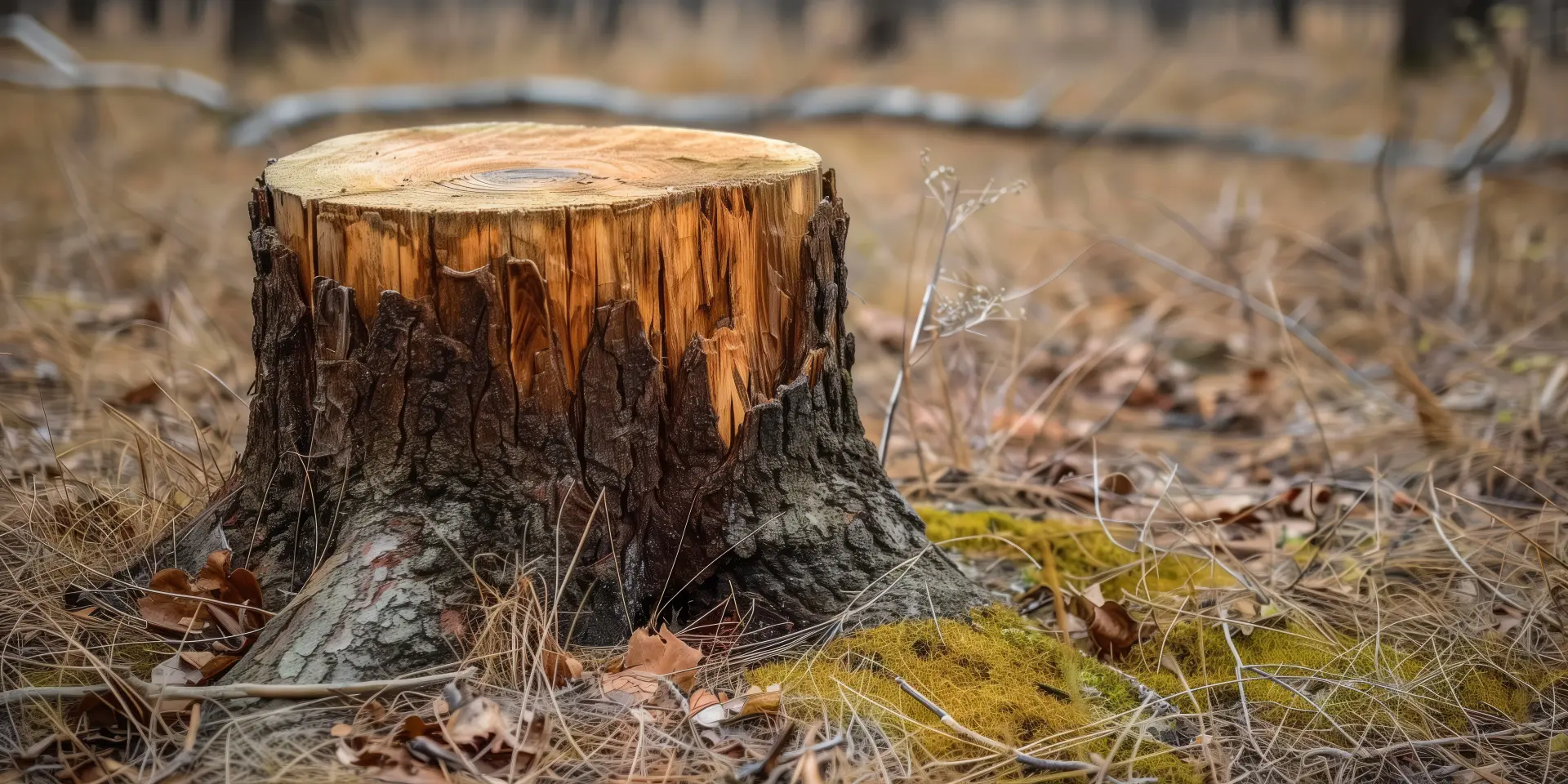
How To Repair a storm damaged tree
Before starting work on damaged limbs or branch removal, you need to consider your safety and that of the general public.
Weakly attached branches are a risk to anyone walking underneath, and a potentially tall tree can be a hazard, injuring any pedestrians.
If the tree is a desirable species for the location, there is every chance you should try and save it. If it's in a bad location, like a potentially tall tree beneath a power line, you need to assess the risks.
Downed power lines are a risk and inconvenience to everyone around. Low-voltage telephones and even fence wires can become electrically charged when knocked over or broken.
Furthermore, large branches and broken limbs can cause serious damage and break power lines if they fall onto them, so your best bet is to contact a professional arborist. They will have the best judgment call to assess the damage and avoid breakages and further damage. From there, you should inspect the tree.
Inspecting a Storm-Damaged Tree
After a storm, if a particular tree has been battered more than the others, you should inspect all the foliage where it's safe to do so and assess the risk. In order to safely accomplish needed pruning and limb repair, you have to inspect the remaining branches, look for splits in the branches, holes in the tree trunk and any unearthed soil.
Where the leader (main upward branch) has been removed, you have to assess how important this is to upward growth or desirable appearances. Every tree is different, and a basically healthy tree can be left with a few remaining branches after a storm: which is why you should contact a certified arborist to inspect both mature trees and young trees.
Treating the Tree
Before treating the tree begins, you should ask yourself if you are the best person to make repairs to a tree that has sustained major storm damage. Considering tree services and professional help can be hired, and their experience with working at height and using equipment is a real benefit, you may be better off relying on them.
Whether the tree has minor damage or major storm damage with few branches remaining and weakly attached branches at the crown, you must prioritise the health of yourself and other members of the public from harm. A tree vulnerable after several major limbs have been torn off is a severe hazard to many people.
If you do plan to treat the tree yourself, don't focus on only the damaged limbs, as there could be damage throughout the branch structure. Plan which branches should be removed and where you should make the cut. All branches you remove should be cut from the nearest lateral branch, bud or main stem. Never cut from the middle of the branch.
Removing Damaged Branches
Unless dealing with large broken branches, you should be using pruning shears and pole pruners to remove branches smaller than 3 inches in diameter. Removing any jagged remains from smaller limbs is where any homeowner should start. With larger branches, use a sharp saw or power saw, but you must use a safety rope and a harness while creating a new branch structure.
Any future branching remains the priority, and the tree survivability rate increases when you use the 3-cut procedure. Start with an undercut. You should be working approximately 12 to 18 inches from the main stem or branch, cutting about 1 to 1 1/2 inches deep.
The second is an overcut. Start by sawing approximately 2 to 3 inches from the undercut and keep doing this until the branch has come loose. Finally, remove the remaining stub. Working with the natural depression flush of the trunk and branches, you can save the remaining limbs and prevent further smaller branches from having stunted growth. You have to adapt these rules to every scenario.
A tree with less than half of the original branches could not produce enough foliage for the next season, so it might have to be removed.
Torn Bark
Torn bark occurs especially when a tree has been struck by lightning, either on one major limb or several major limbs. In such instances, you should carefully trim away the loose bark, but don't cut too deep into the wood. Commonly referred to as bark tracing, these wounds should be cut into an elliptical shape.
When done correctly, the wood can begin to heal without much risk of wood decay. Torn bark isn't the most appealing or aesthetic, which is why cosmetic repairs are made with a sharp knife or chisel to smooth out ragged edges. You should be careful when doing this so as not to remove much of the greenish inner bark than necessary.
These fragile layers contain the required tree's food and water for the leaves and roots. Also eliminate hiding places for insects, as torn bark can become a real hotspot for pests.
Split Forks
Another form of wound repair for storm-damaged trees is fixing split forks in main branches. If these are split apart or partially broken, you may be able to repair them without removing the branch entirely. Repairing split trunks or forks is challenging for most homeowners without experience and qualifications.
To avoid further damage and making cuts and repairs in the wrong location, it's always worth working with a professional. In the case of repairing split forks, it's possible to draw the split portions together, securing them with a steel bolt and threaded screw rod. Using a small block and winch, you can maximise leverage over the damage.
Many arborists choose to install a steel cable between the two main branches being repaired but don't wrap this cable around the branch, or it may begin to girdle it.
Wound Treatments
If you have completed light pruning yourself, the final step of wound repair is treating the repair with wound dressing or pruning paint. While the first-aid measures you've implemented are to return the tree to its former beautiful shape, you should also aim to promote new foliage throughout the growing season.
These pruning paints and wound dressings do not increase the healing rate but prevent them from drying out and provide some cosmetics. Once you've done this, leave the tree for a time. While it may never be the same tree as before the storm and could live the rest of its life as a stunted or deformed version of its former self, this is better than removing it.
Uprooted Trees
It's not uncommon for trees to be uprooted after a severe storm, and in most cases, they will need to be removed. While many arborists want to prevent damage and save trees, there is sometimes no choice. Where there are not enough strong limbs, and the tree has completely fallen over, you should remove the tree entirely.
Removing trees is not a hasty decision to be made by untrained individuals and involves years of experience. For smaller trees, you can sometimes stand them upright with a power lift or sturdy equipment. Using guy wires and cables, the tree could be straightened, allowing future growth.
When removing trees for other reasons (like being an undesirable species because of messy fruit), you may have to receive a permit and cannot remove them as easily.
What to do when tree branches break off?
A good rule of thumb with broken or damaged trees is to work with professional help. Where small branches have fallen off, you can remove them and tidy the area. No openings should be left in recently damaged trees as pests will use these to enter. An invasion is the worst thing for a tree in this instance, and minimising decay agents entering the wound is essential.
Some branches can be wrapped, letting them fuse. This is not something you should perform yourself; instead, you should work with a tree surgeon. Their decision may be to remove the branch and let a new one grow, as these will eventually fill out the gaps.
Many mature shade trees can survive the loss of branches and major limbs, meaning you should give the tree some time after pruning. If the main upward-trending branch has been lost, then perhaps the tree will not survive.
Can I repair a split tree?
Saving a split tree is not easy. With minor splits on branches, where they don't threaten pedestrians, you can sometimes leave them to heal on their own.
Severe wounds connected to other branches or main limbs will require more treatment and care to help the healing process.
In some cases, the wounded limb could bring down a larger branch, in which case you need a qualified arborist. In the case of a rotten inner core, or severe structural weakness in the branching patterns, you should remove the tree as soon as possible. It's already dead and will attract pests.
Saving a tree with the top broken off
Where a tree has lost part of its crown or canopy, you can still repair and promote healing. Missing foliage from the wind or storm takes an experienced professional to treat the tree. Without over 50% of the canopy, there's a good chance the tree won't survive or experience an infestation.
You should never top your tree, as, after a storm strikes, the tree will need as many resources as possible to recover from the stress. The tree depends on the top for the protection of the foliage, and a topped tree cannot do this. The health of the tree, as always, is the priority.
Where recovery is not an option or it poses a threat to the surrounding community, it must be removed. You should always ask yourself: is the tree basically healthy, despite the storm damage? If it appears healthy and not creating any hazards, you should monitor it and ensure it stays that way.
However, some trees simply cannot be saved, and that's part of the job. Remember that an experienced tree surgeon has a background in tree removal and care. Always contact them when you're in an unsure position. Contact a professional if you are dealing with downed utility lines and loose limbs over walkways or roads.
Are you looking for a professional tree surgeon in Aberdeenshire? We offer a full range of tree maintenance services for Dundee, Forfar, Angus and the surrounding areas. Call to find out more.

